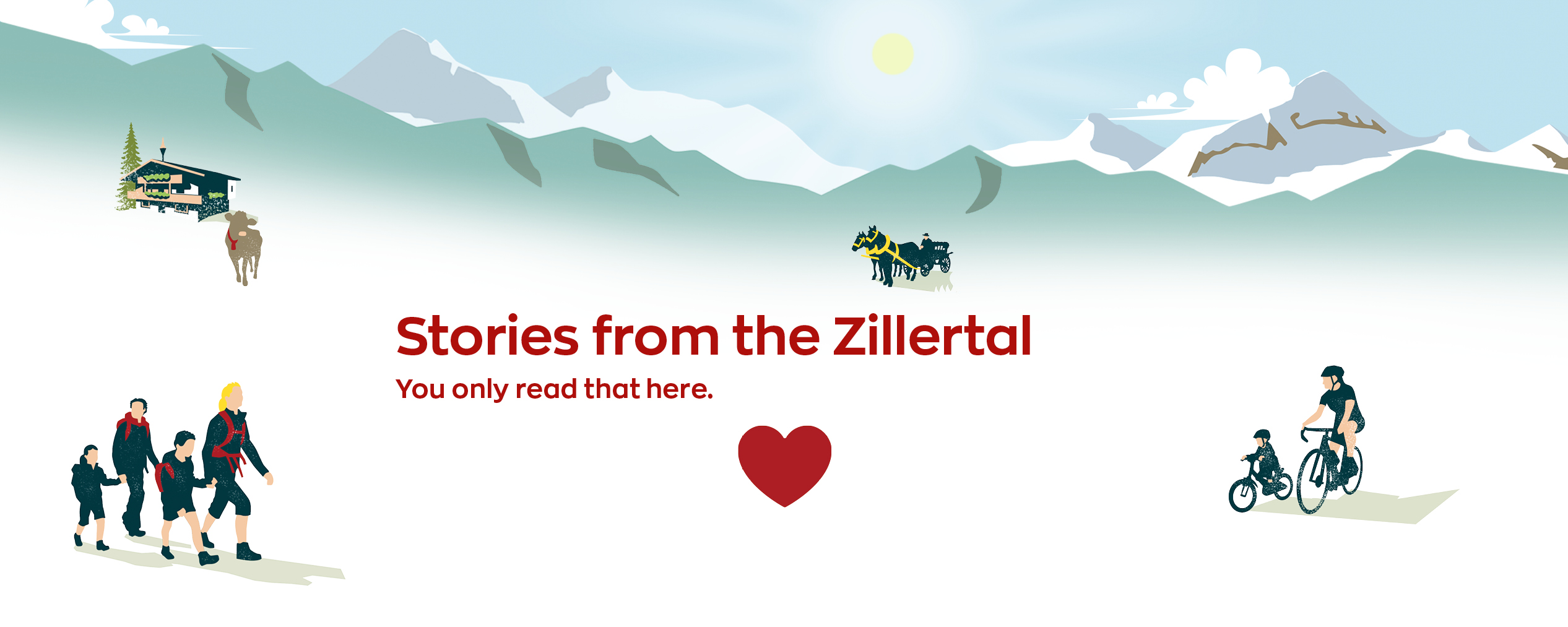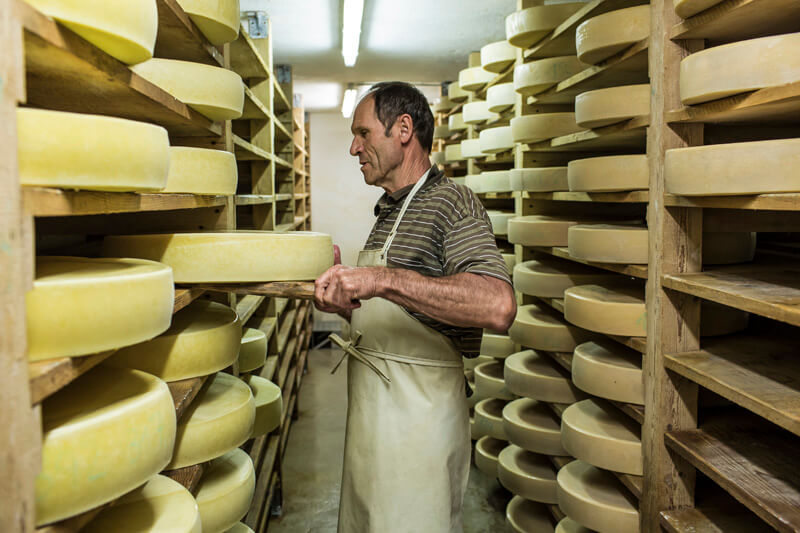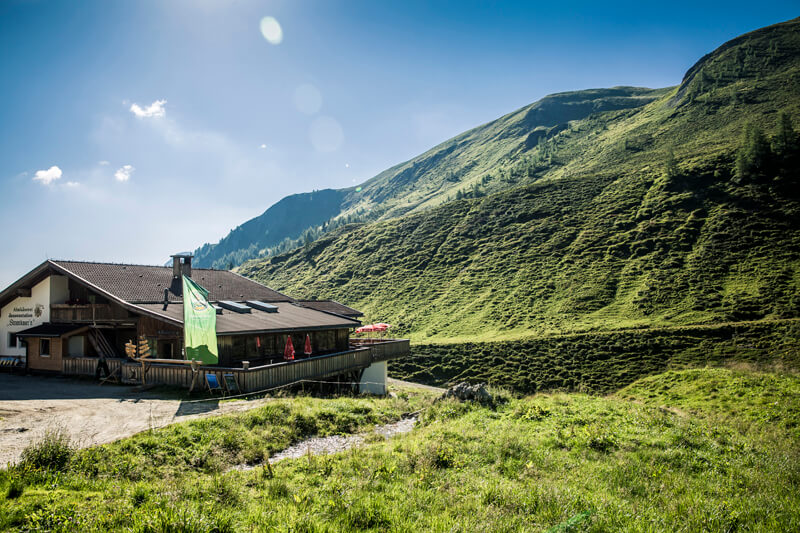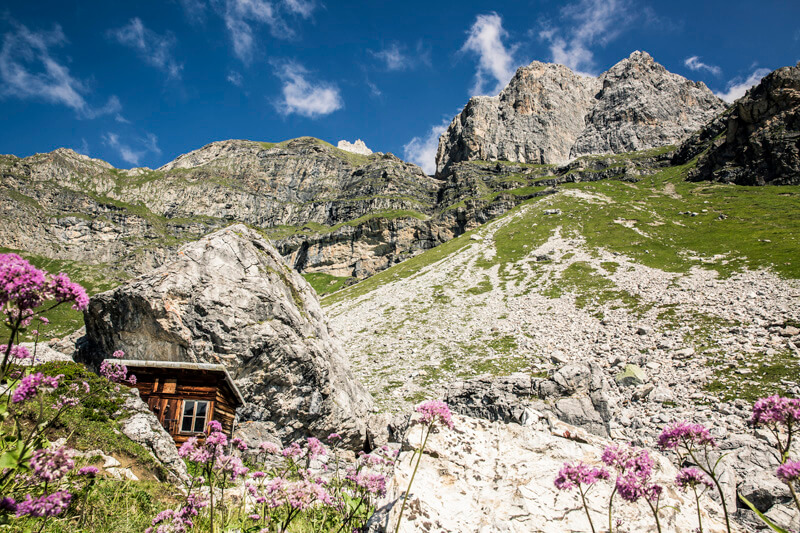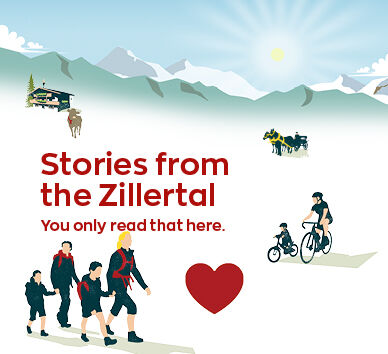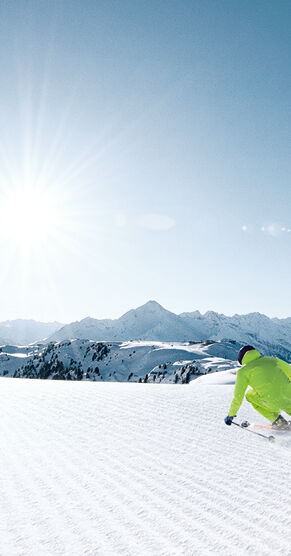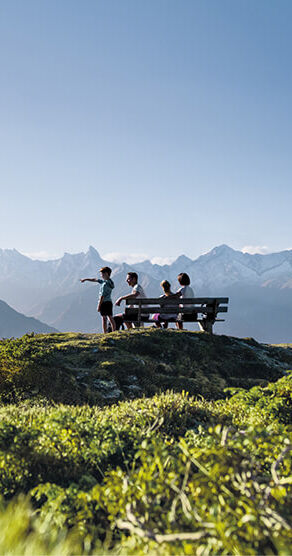
Stories of the Zillertal tradition
Alpine Life
The Cheese Emperor
At an altitude of 2,000 meters, embedded in a wild and romantic landscape, award-winning mountain cheese made from the milk of happy cows matures on an alpine pasture.
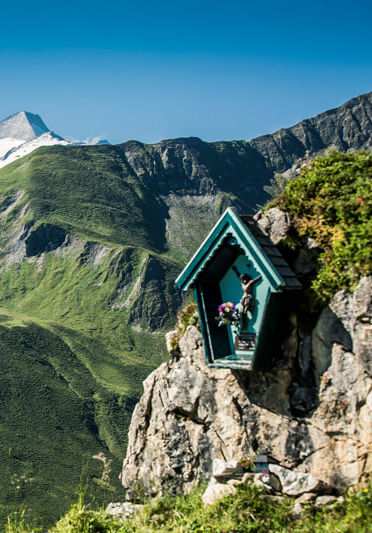
Grasses at this altitude contain aboveaverage amounts of nutrients. “You could say,” says Peter Erler, regional chairman and coowner of the Junsalm, with some confidence, “up here it’s God’s own herb garden. Butter and cheese made from the milk of his cows meet or exceed toque award standards. Altitude, temperature differences, and solar radiation make the plants up here much more nutritious than down in the valley. “We don’t feed anything on top other than a few minerals, and yet the cows produce an extremely large amount of milk, ten to twelve litres on the best days. One can imagine how much power the feed contains.”
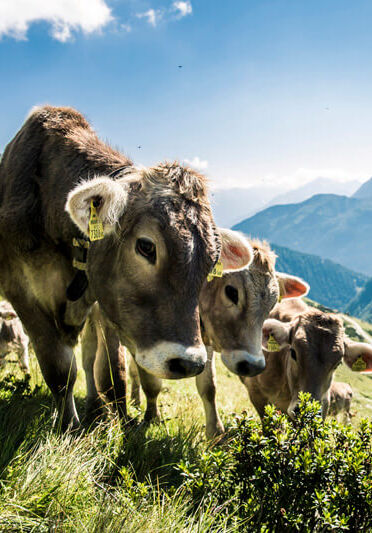
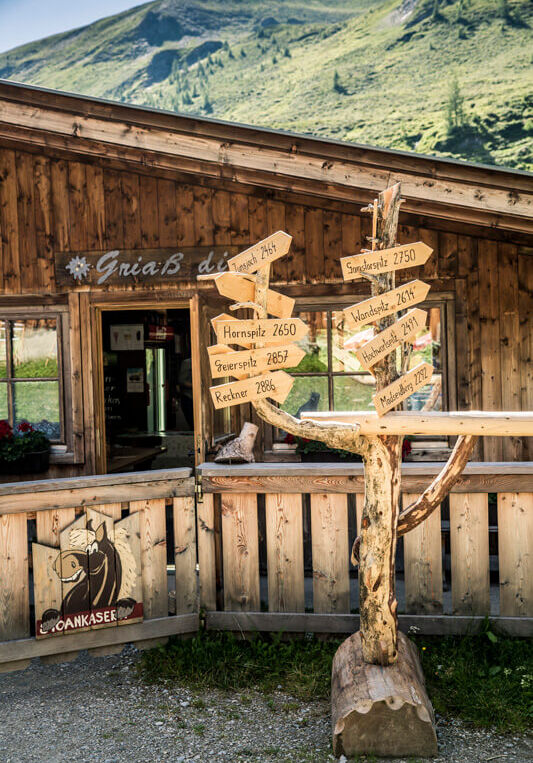
The Jausenstation Stoankasern forms the centre of the alpine pasture, and its magnificent sun terrace offers a view of the impressive 2,900-meter-high limestone cliff and the highest-altitude milking parlour in Europe. “My son built it,” says Peter. This is where Resi, Alma and the other bovine ladies deliver their white gold twice a day, which is then processed in the alpine dairy right next to the Jausenstation. The Junsalm belongs to a community of nine farmers who own varying amounts of alpine pasture land. “One alpine pasture share corresponds to one livestock unit, which in turn corresponds to one dairy cow,” explains Peter, who owns the most shares and looks after 55 dairy cows and 43 calves. His day starts at 4 o’clock in the morning, because he first has to round up the cows, which also graze further up. “I simply cannot sleep in and only deliver the milk at ten o’clock. It must be in the alpine dairy at seven.” But for Peter, the view from the alpine pasture down to the valley at dawn makes up for such early rising. “Looking down there fills my heart with joy. Each day is an experience.” And each day, the milk arrives on time with dairyman Alfred in the cheese dairy. Once it has been filled into huge copper kettles, it is time to make cheese. You can watch Alfred, who works as a baker when summer’s over.
“If the cheese only shows a few pea-sized holes
per palm area, you know for sure that it comes
from an alpine pasture.”
Regional chairman Peter Erler
With milk and skill
The alpine dairyman processes 18 tons of cheese per year. For one kilogram of mountain cheese he needs ten litres of milk and a whole lot of skill. At the cheese olympics “Käsiade”, the mountain cheese was awarded gold several times. A Tilsit-style cheese called “Stoankasern” and the red smear cheese “Junseer” are also produced on the mountain pasture. Assistant Josef has been responsible for bringing them to perfection in the maturing cellar for many years. “They are like my children,” he adores his cheeses which he turns and rotates daily in a well-tempered room at high humidity and 7 to 15 degrees. Washing them with brine for preservation is part of it. “You need care and sensitivity. You mustn’t injure the cheese.”

Maturity test with a drill. The mountain cheese, a mighty round of 25 to 30 kilos, needs at least three months to mature. Four are better, according to Josef. Thanks to the slow maturing process at 2,000 metres, a real mountain cheese has hardly any holes. Everything would happen much faster in the valley, which is reflected by large holes. “But a mountain cheese like that has never even seen a mountain,” explains Peter. “A palm-sized area should only show a few pea-sized holes. That way you know it comes from a true alpine pasture.”
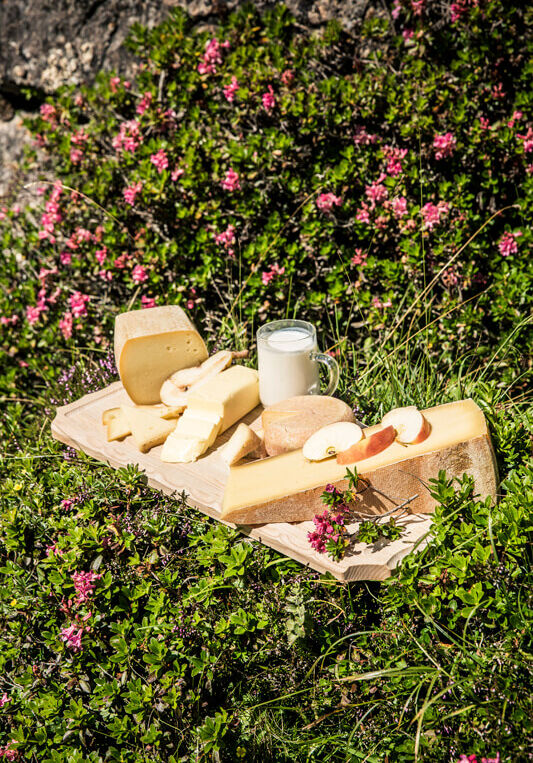
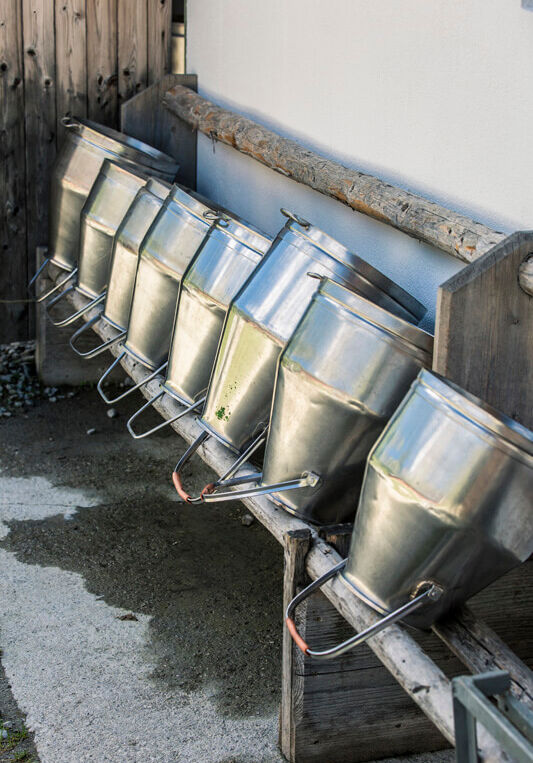
When Josef finally makes a hole in his cheese with a cheese drill, he checks consistency, hole formation, and internal temperature. He then closes the hole again and is satisfied, since the mountain cheese, the Tilsit, and the red smear cheese are soon mature enough to be sold in the valley farmhouses of the Alpine community. Or one stops for a bite at the Jausenstation. The Zillertal mountain air makes one hungry. “Now, come on and try the cheese,” says Peter. “Well?” he asks. “How does it taste?” How? Indescribably good!
Image Bernhard Huber and text: Barbara Reiter
Zillertal magazine Summer 2021
Even more stories from the Zillertal
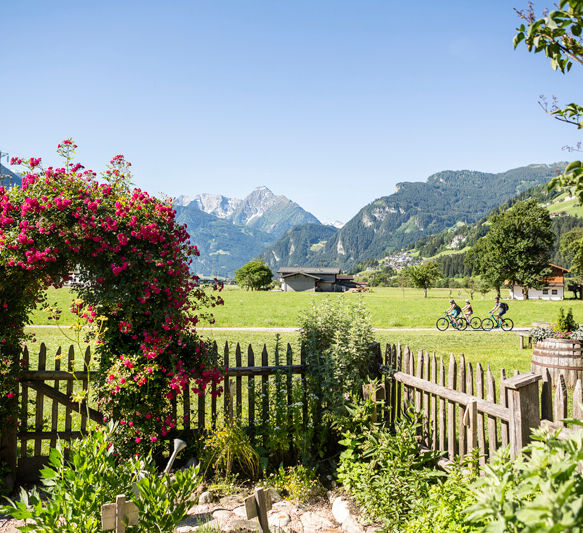
Servus bicycles
Between fragrant meadows, always alongside the river, the Zillertal cycle route leads to play, fun, and enjoyment.
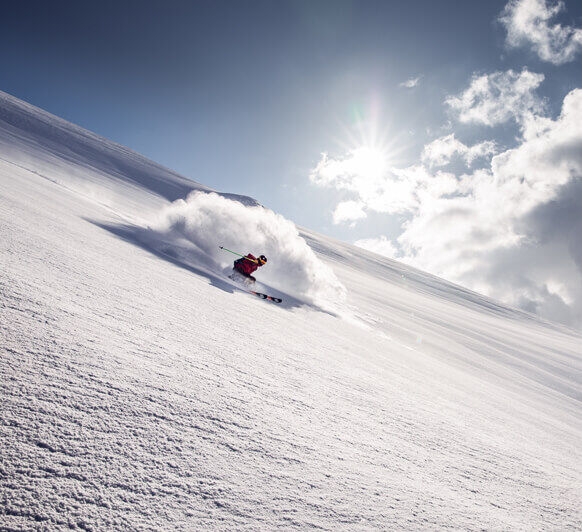
Powder & Paradise
Discover the most beautiful lines in Zillertal during the Ride & Shoot Days together with professional snowboarder Werni Stock and photographer Tom Klocker at the Hintertux Glacier.

A quiet guardian of wild animals
The snow conceals the food for wild deer under a thick white blanket. That’s why hunters like Hermann Egger are underway in Zillertal to supply them with food.
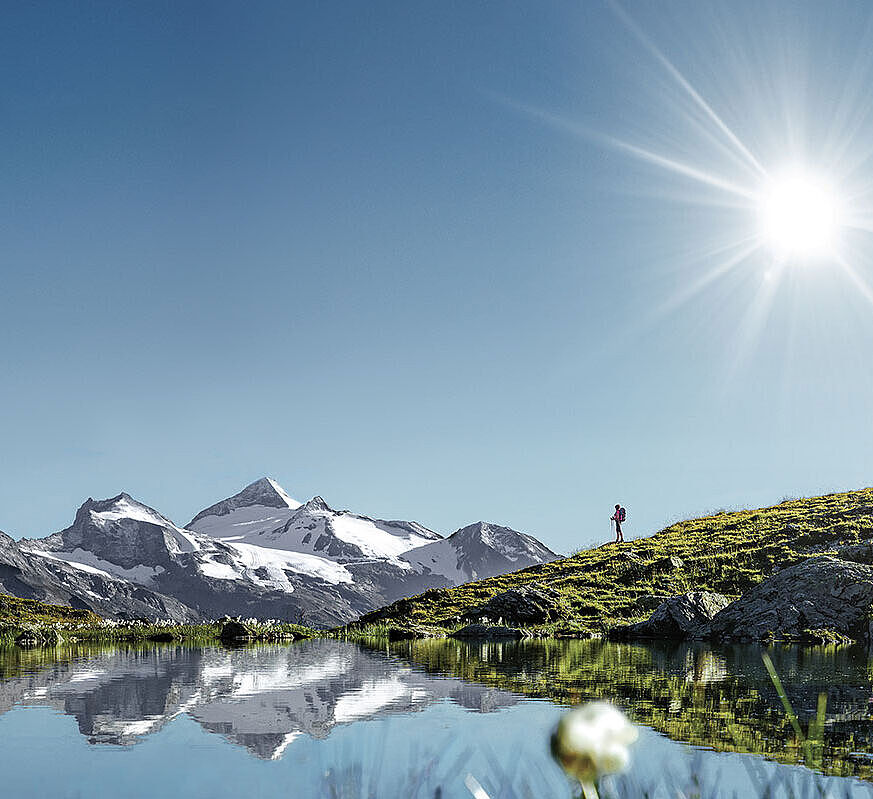
Zillertal
Welcome to Zillertal! Where sun, snow and well-being become the meaning of life and where great freedom tempts you to let go.
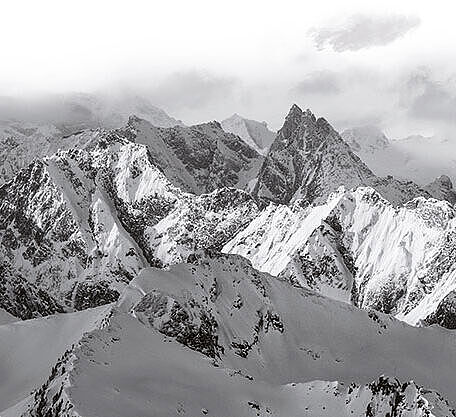
Zillertal Newsletter
Our newsletter provides you with great information about the Zillertal. Get the best seasonal tips, information from the ski resorts and about the summer mountain railways and much more.
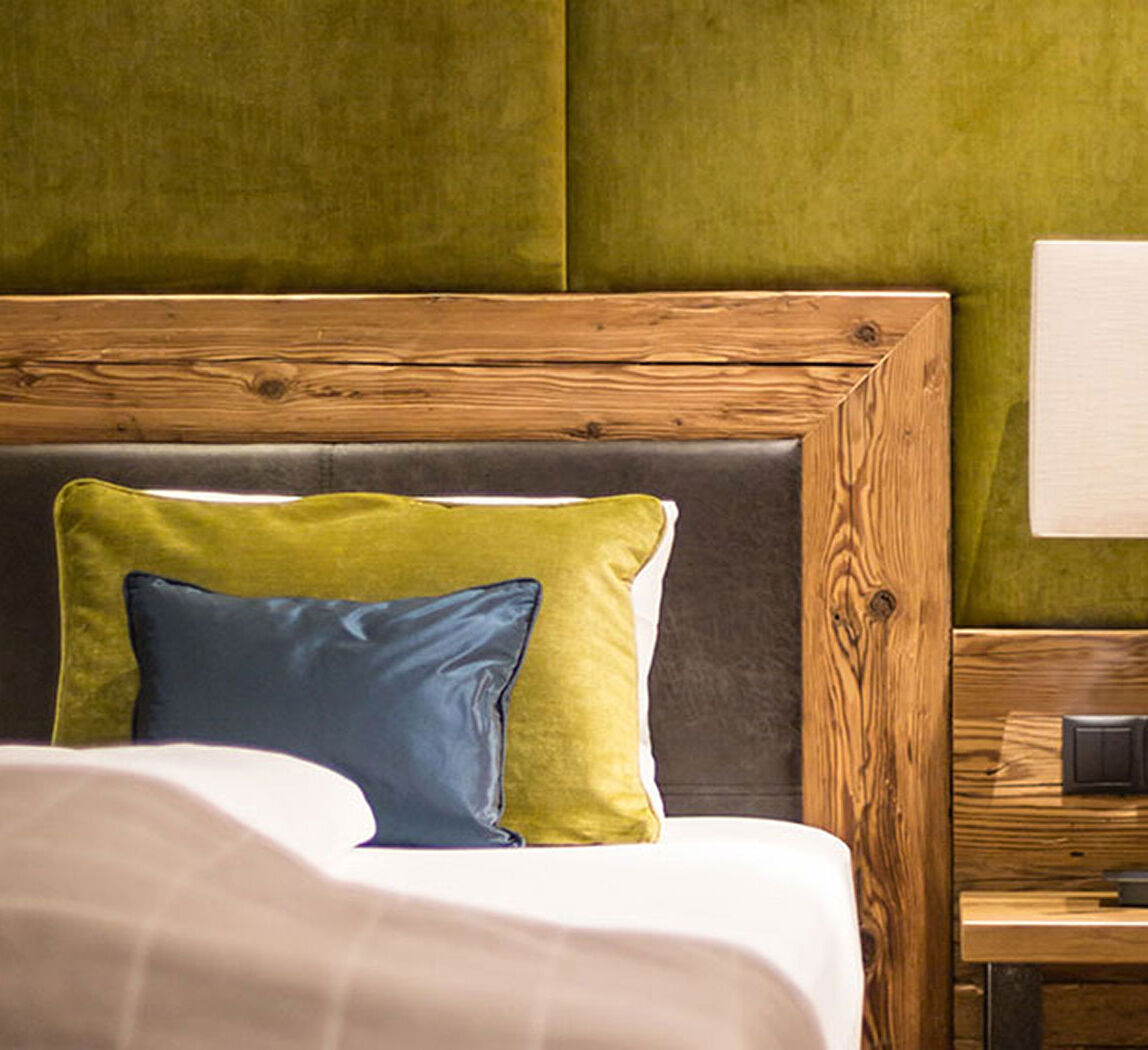
Hosts in Zillertal
Find the right accommodation for your perfect winter holiday in Zillertal – from cosy private rooms to luxury five-star hotels.
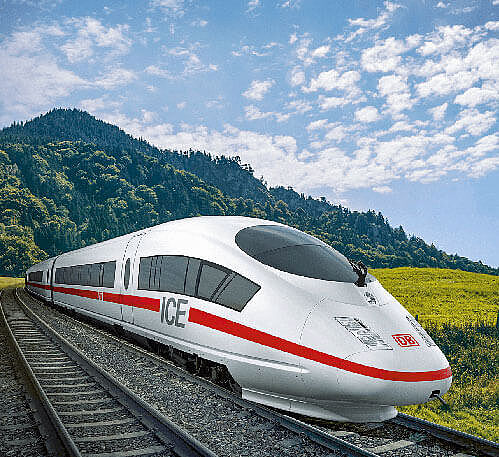
Getting to Zillertal
Zillertal is located in the west of Austria and is the widest of the side valleys on the south side of the Inntal Valley. Get to Zillertal safely and comfortably.
